Register for FY25
Full-Year Financial and Programmatic Results
Solution Series: Leveraging the Older Workforce as a Competitive Advantage


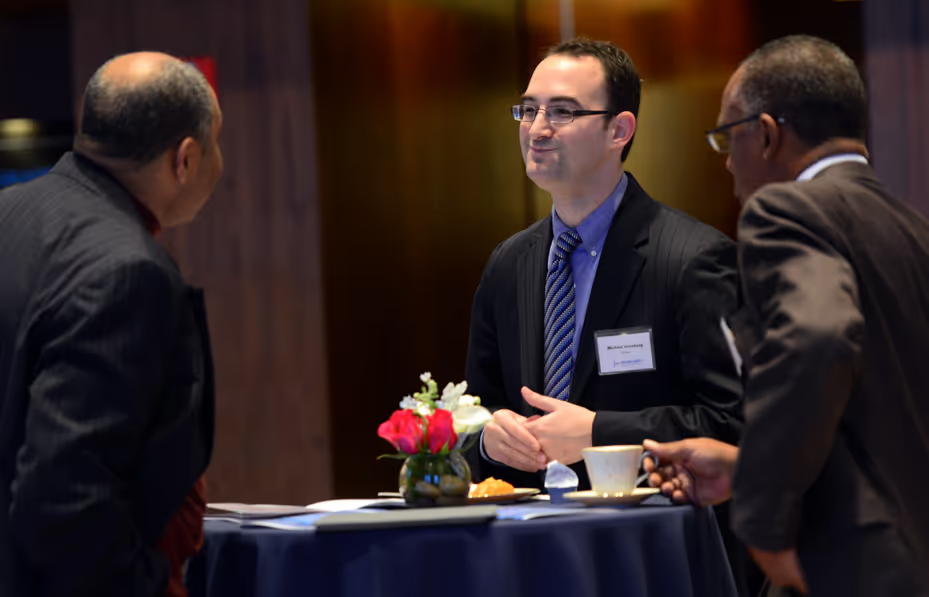
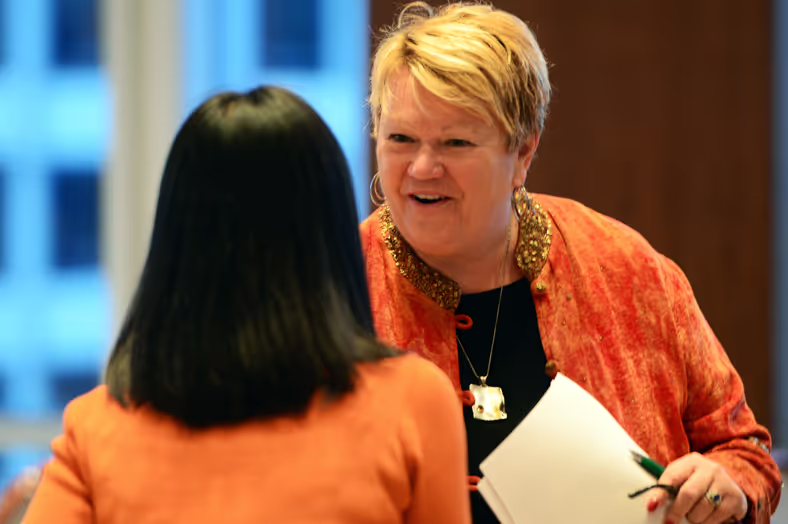

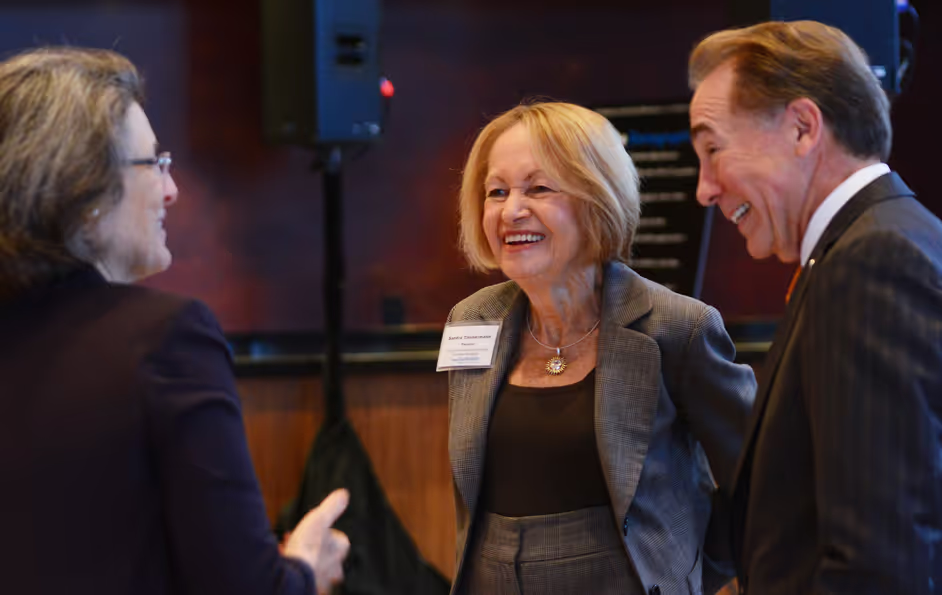
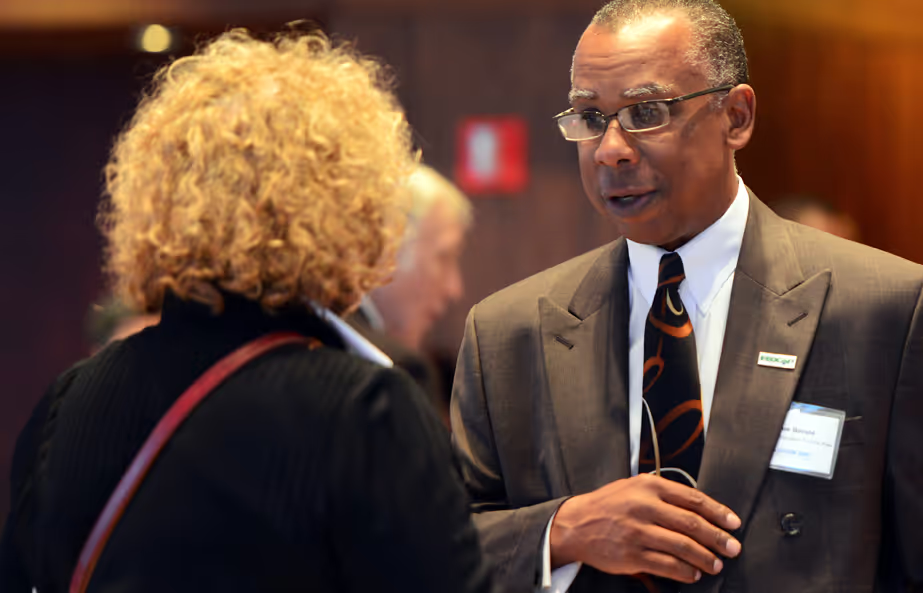

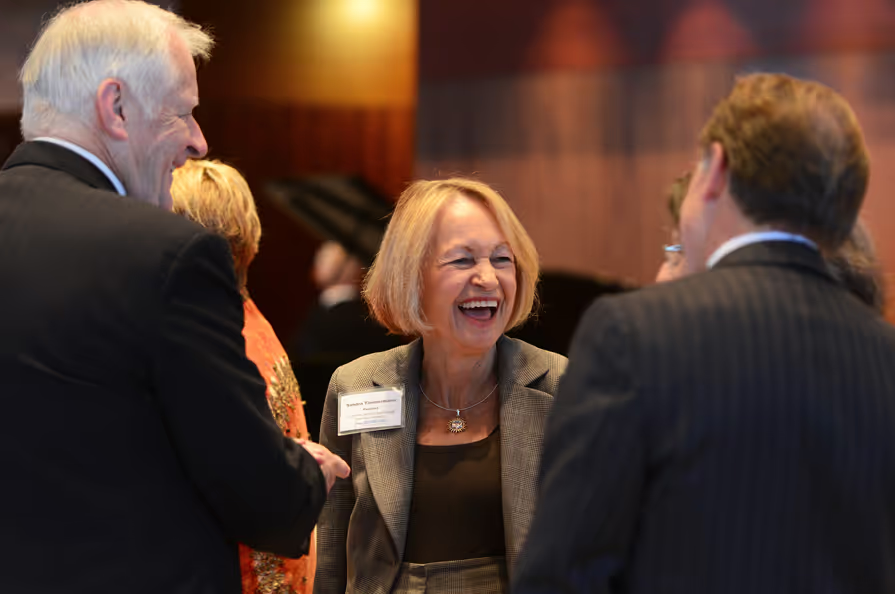



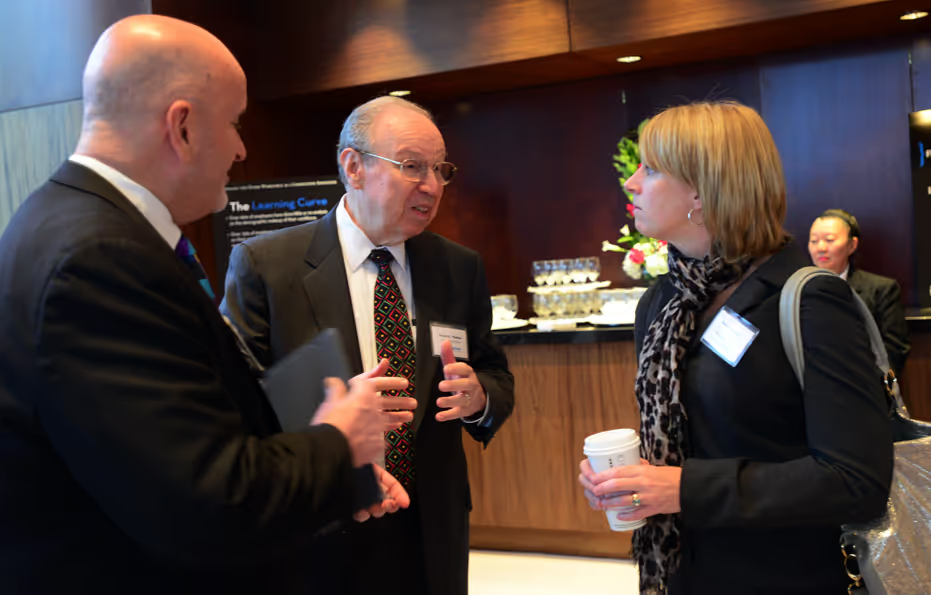
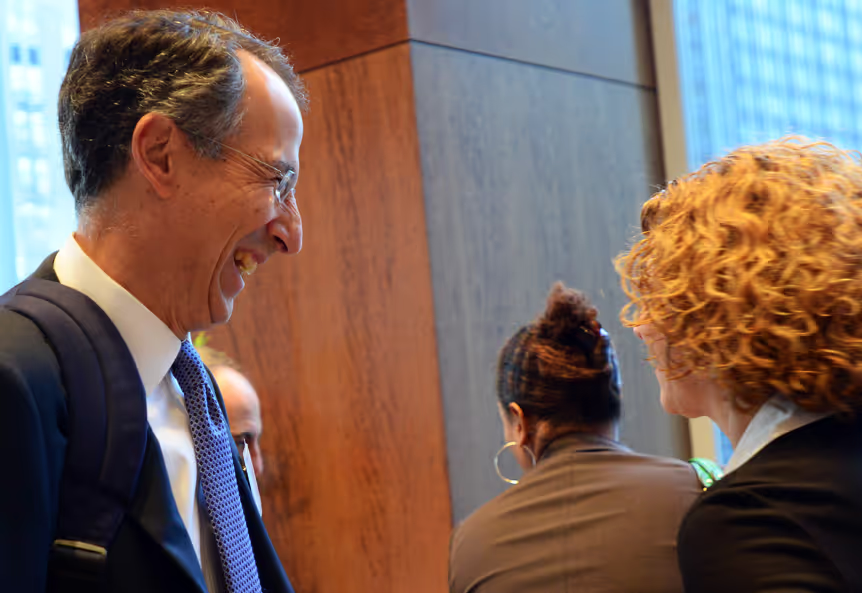
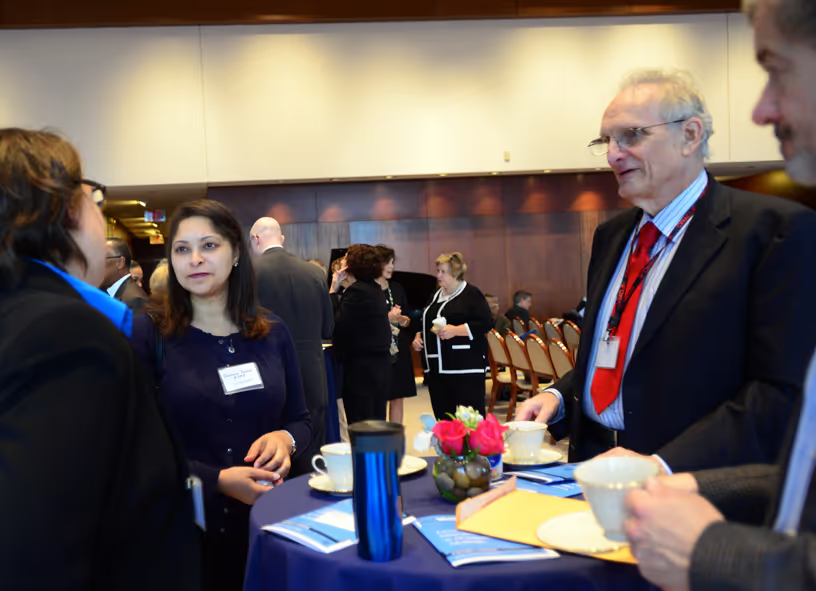
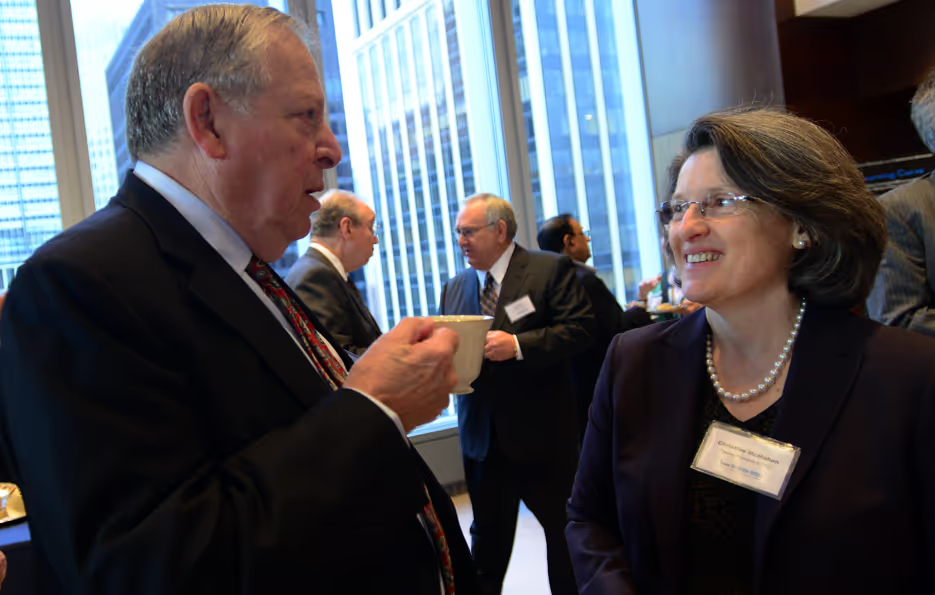
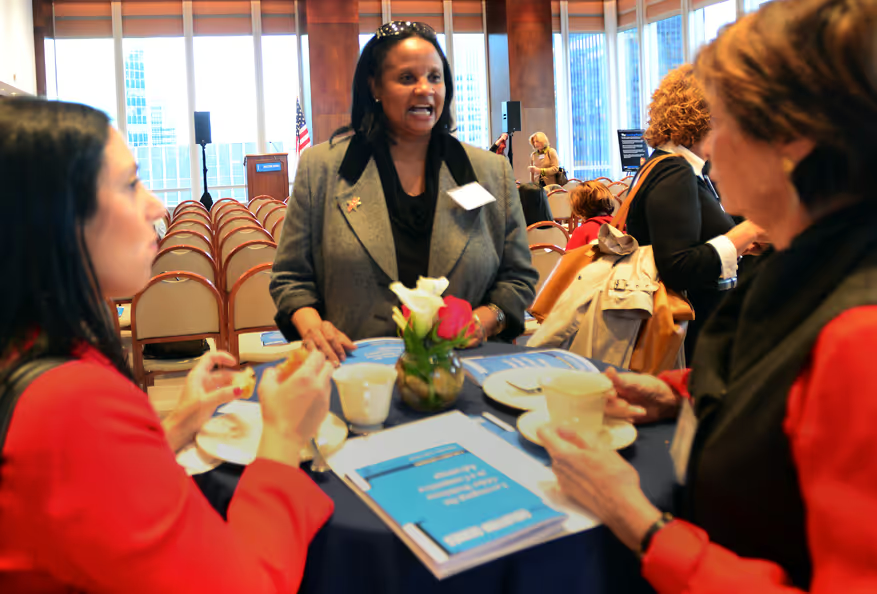

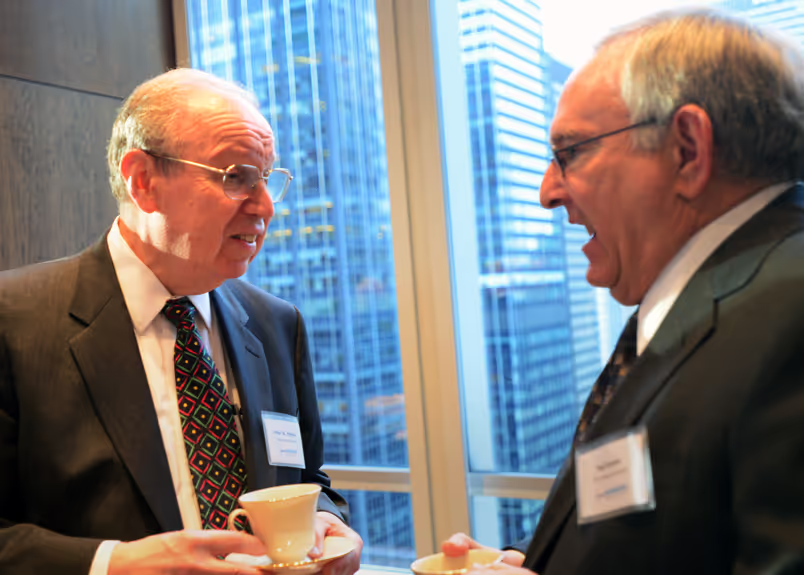


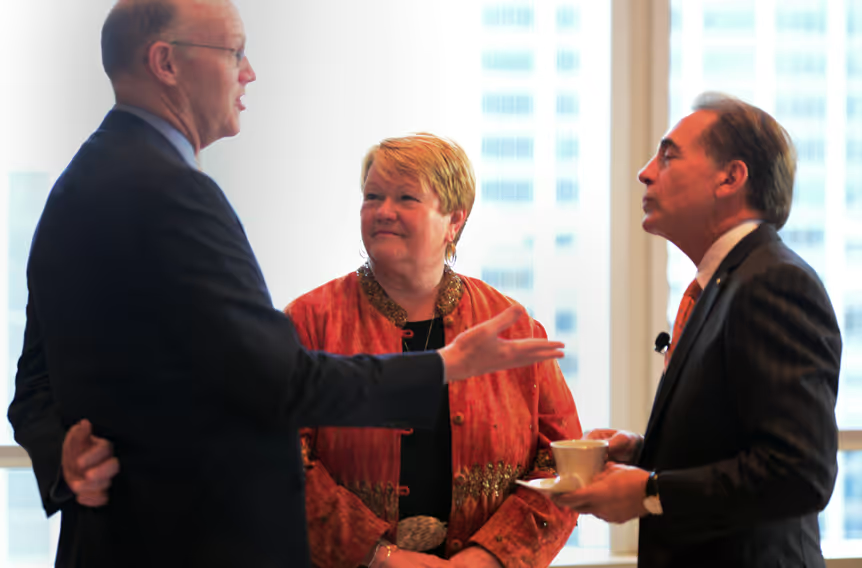
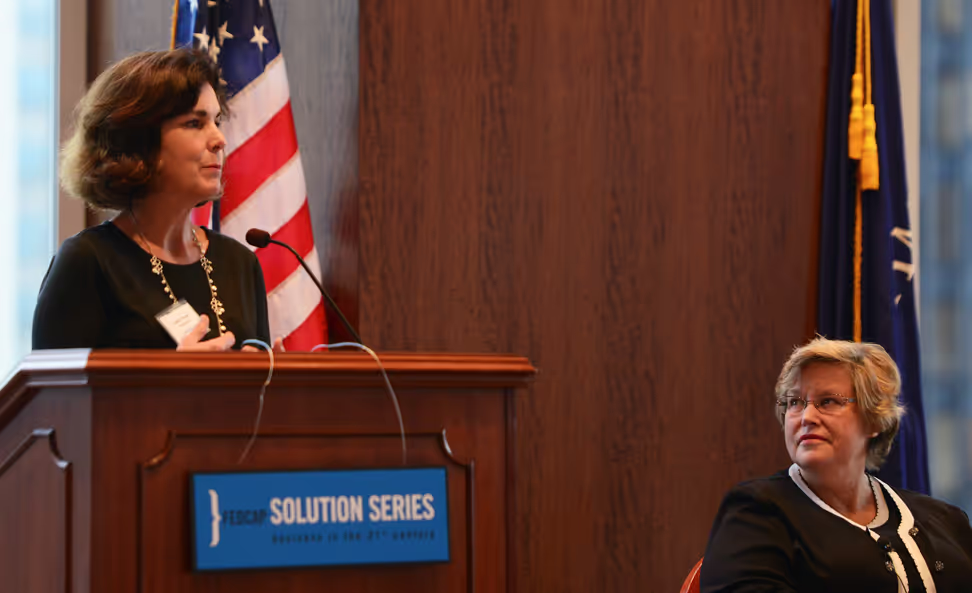
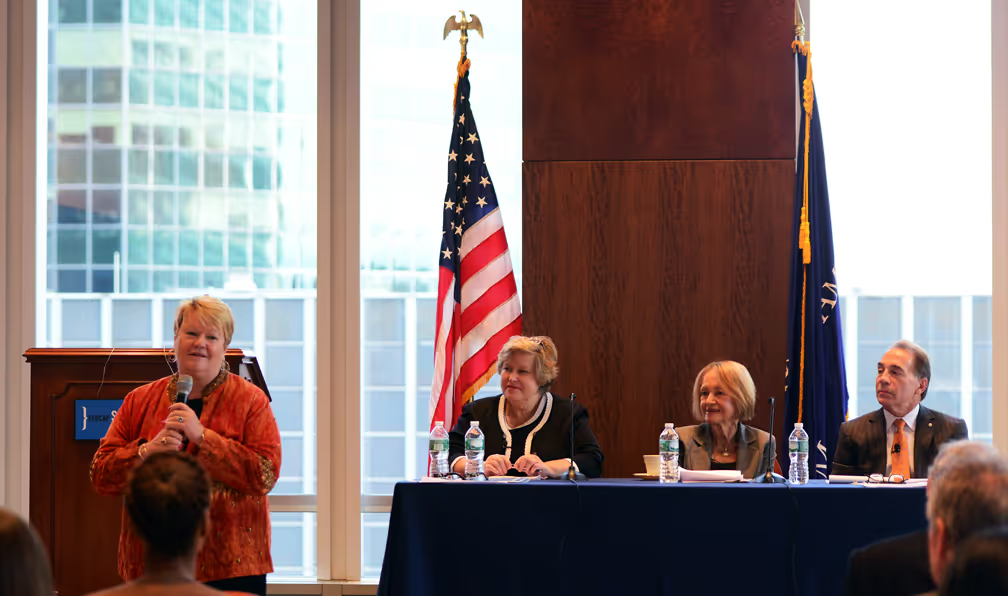
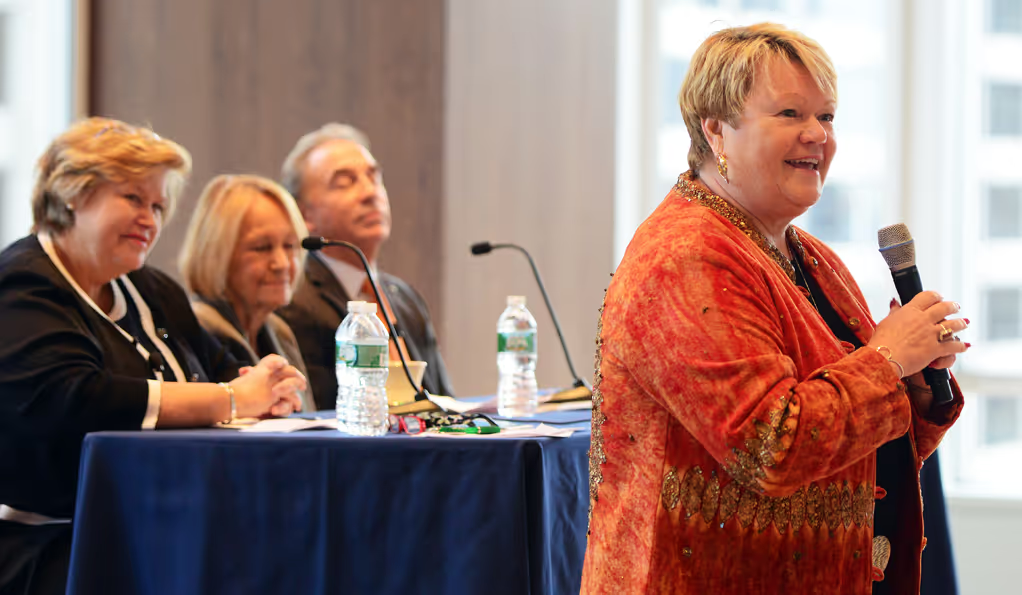

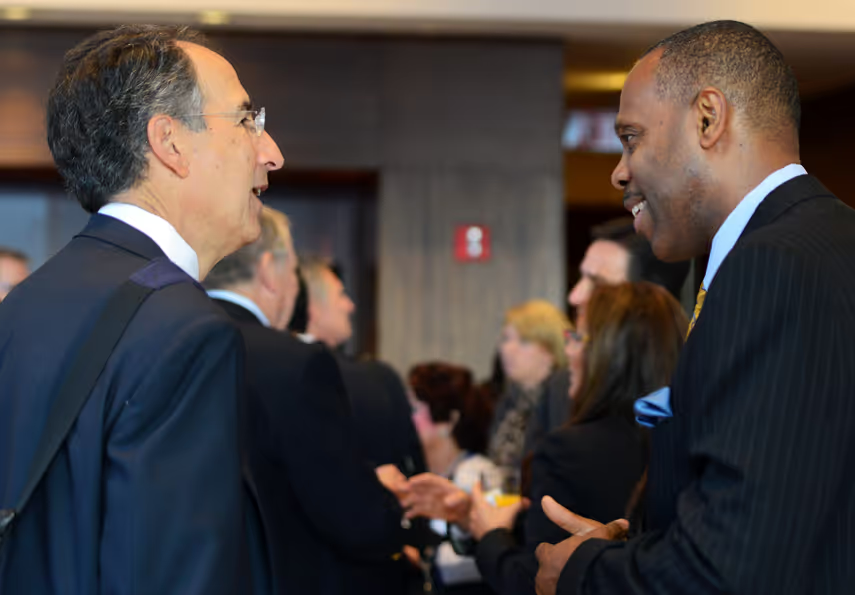



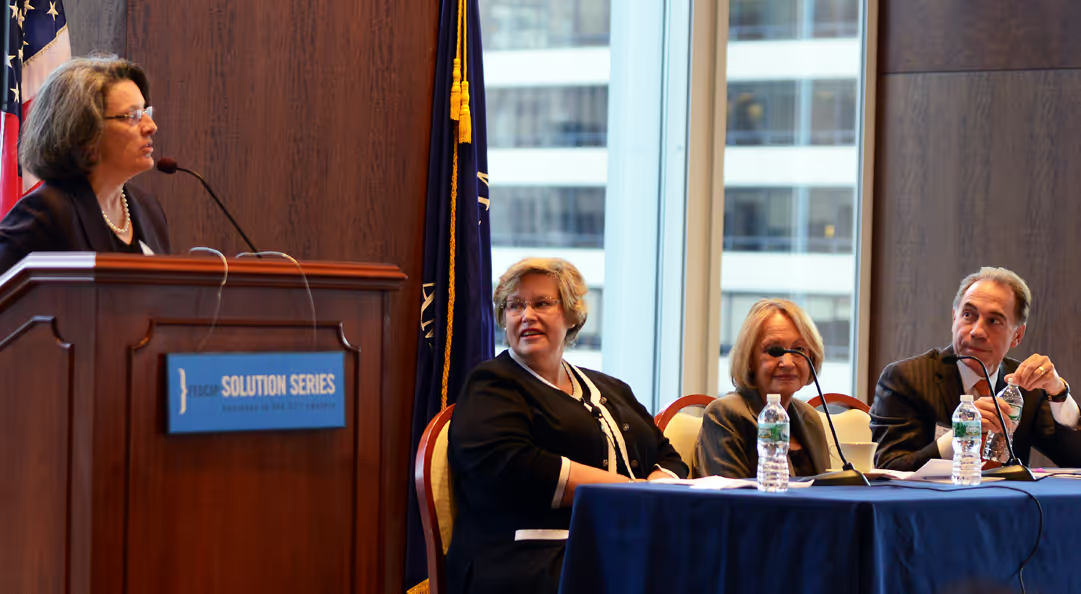

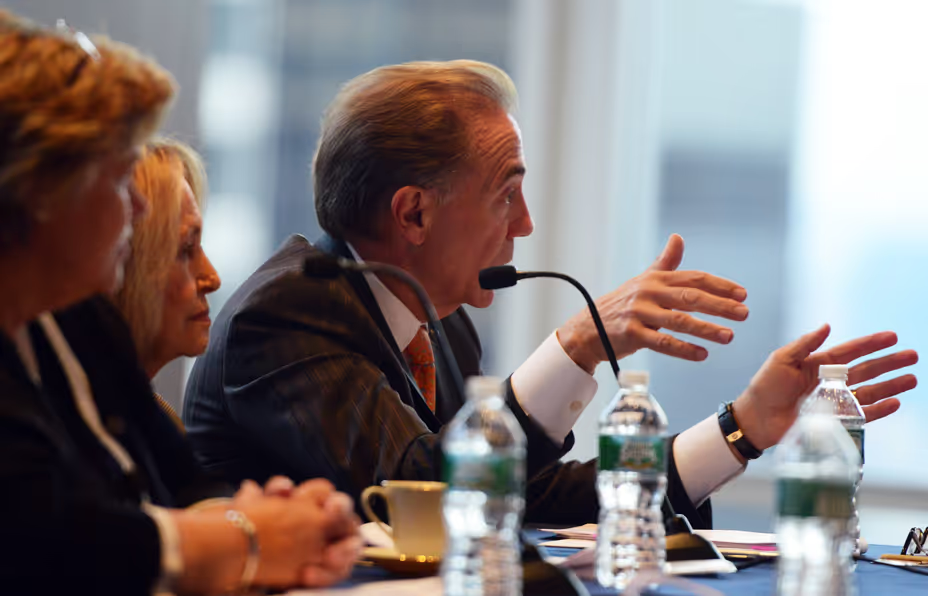
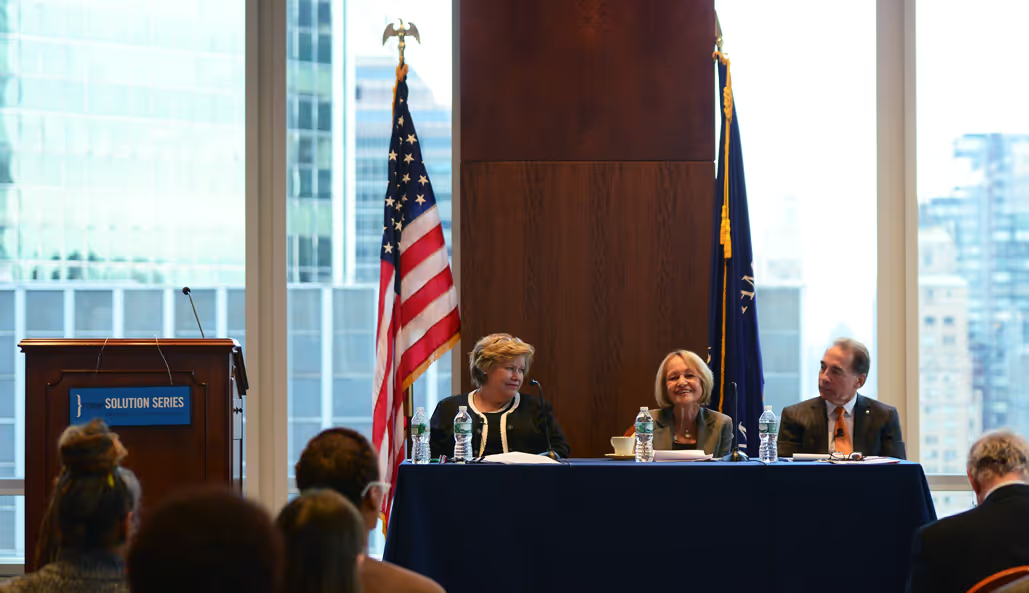

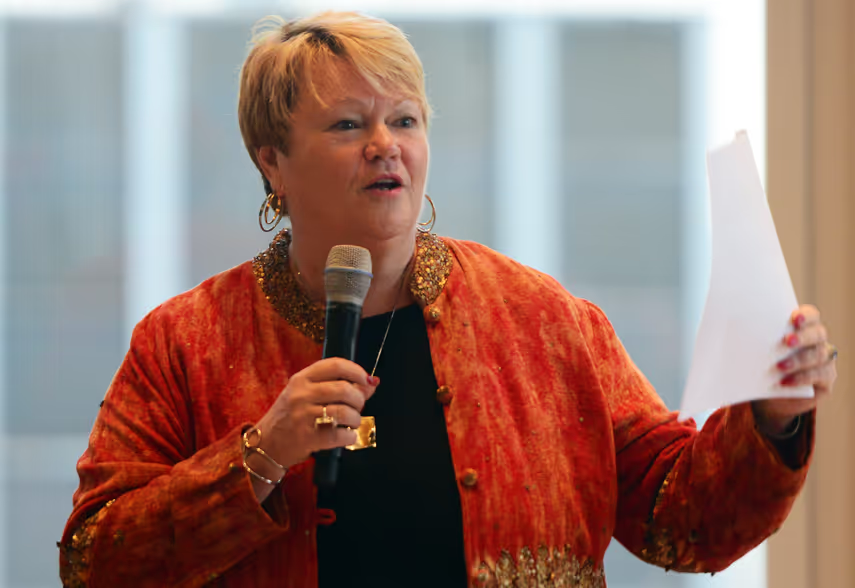
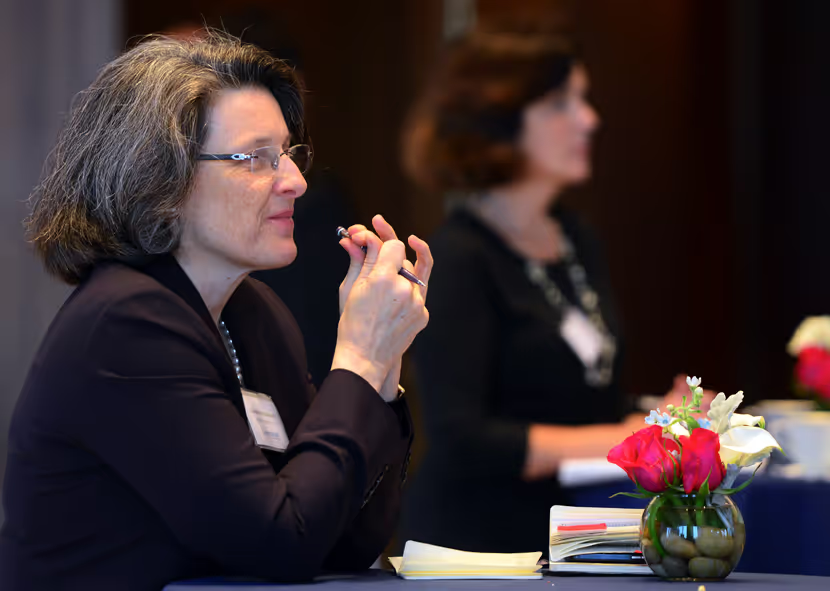

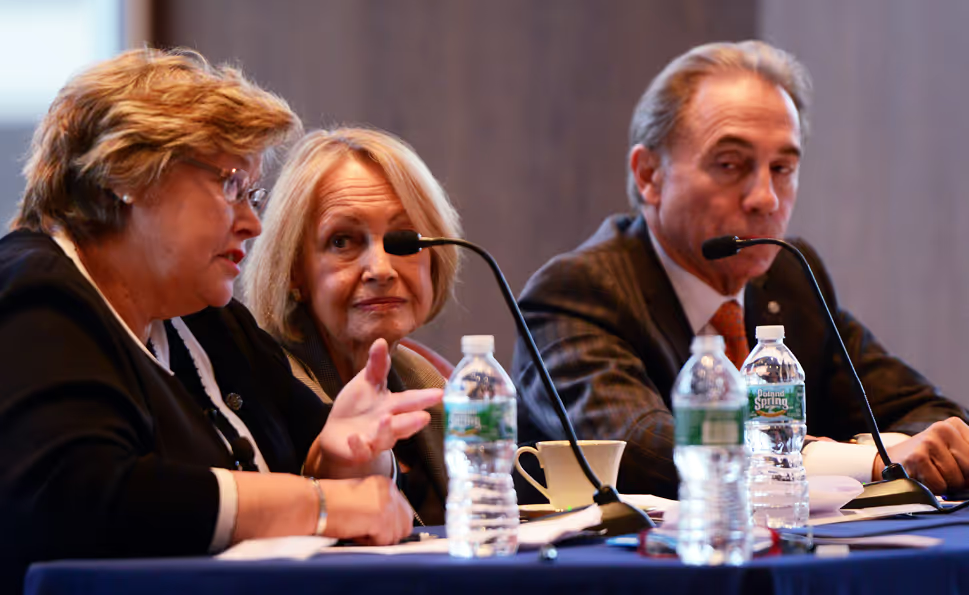



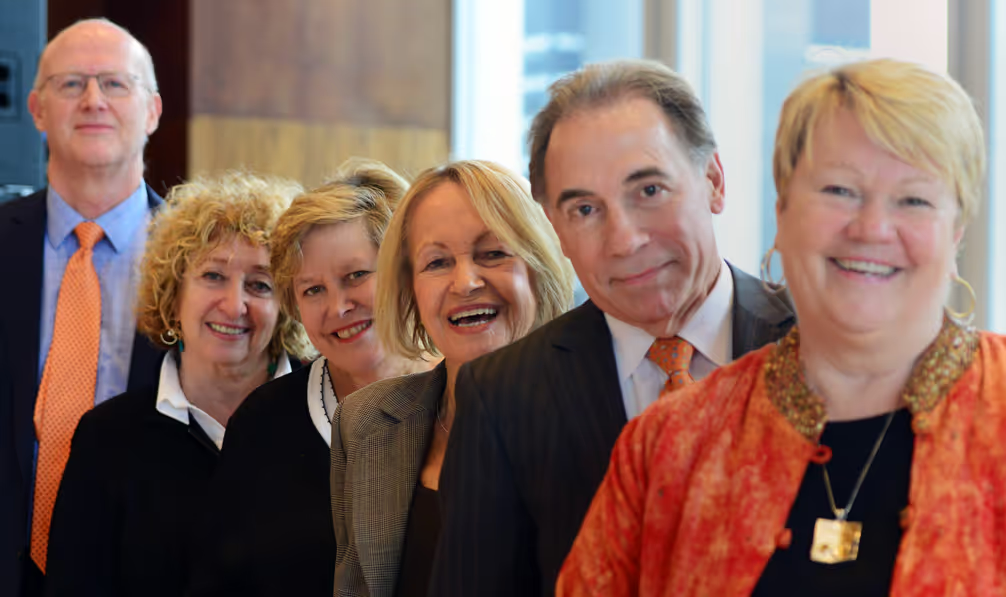

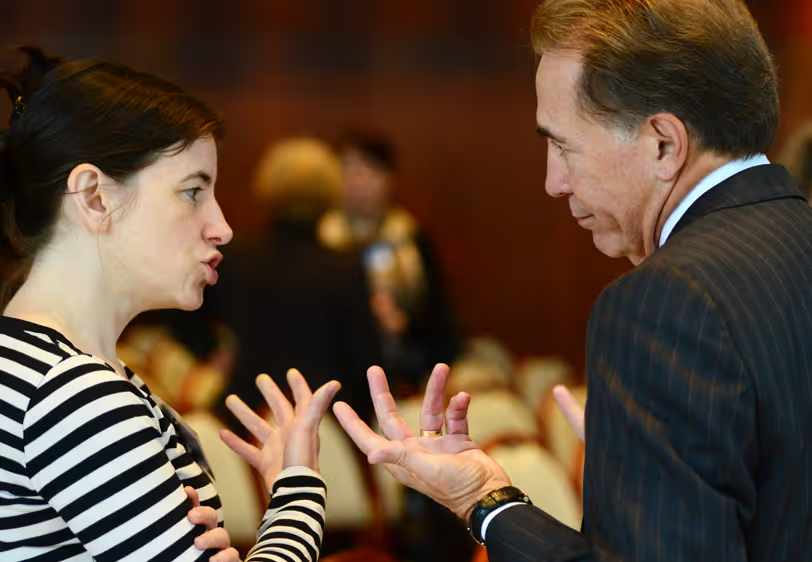
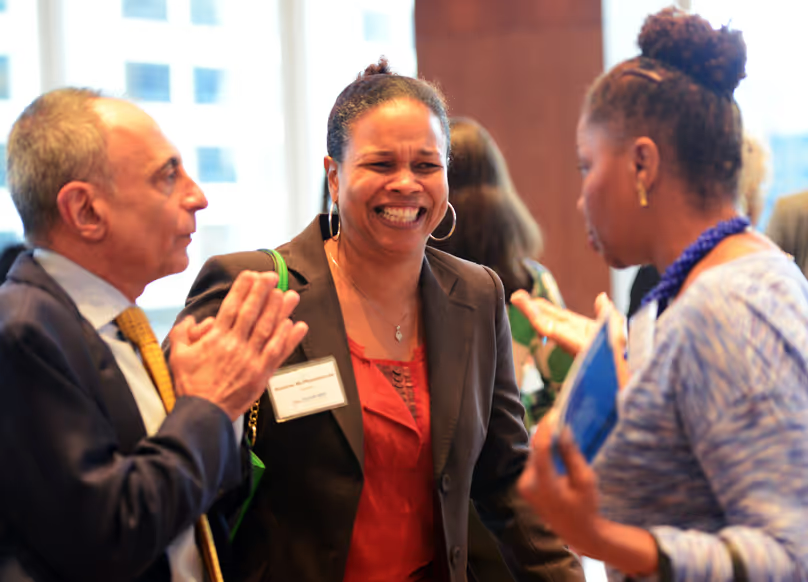

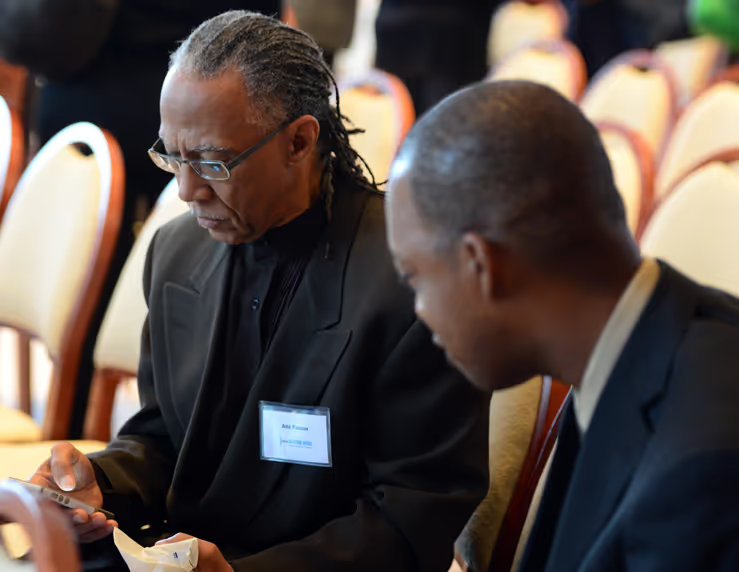

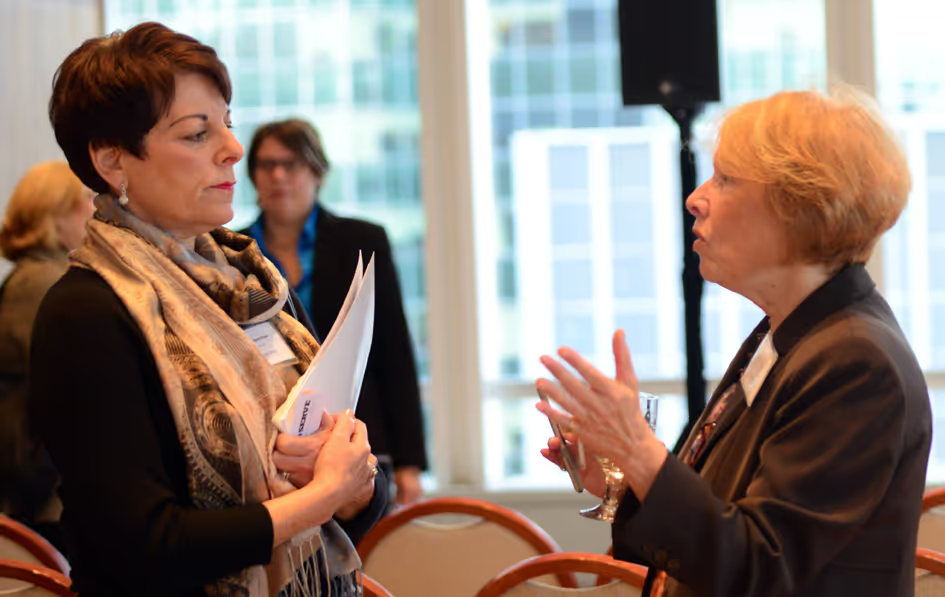
As people live longer and postpone retirement, the previously understood stages of life – childhood, adolescence, adulthood and old age – are themselves getting old.
Adults between 50-70 are healthy and productive, no longer young but not ready for old age. They are adults 2.0, according to Sandra Timmerman, Ed.D. Corporate Gerontologist/Aging & Business Strategies. “As long as people are productive they’re not really old, not in the way that people used to think of old age,” said Timmerman.
Leaders from the business and non-profit worlds attending Fedcap’s 6th Solutions Series forum, this one titled, “Business in the 21st Century: Leveraging the Older Workforce as a Competitive Advantage,” heard corporate executives and experts in aging and the workplace discuss the profound demographic shift underway in the United States as the aging Baby Boomer Generation – healthy, robust and under economic pressure – remains in the workforce. The percentage of the labor force age 55+ grew from 13.1% in 2000 to 19.5% in 2010, and is expected to increase to 25.2% in 2020.
As the workforce ages, employers face workplace challenges related to compensation, retirement, tenure, communications, work preferences, knowledge transfer, and workplace design. Yet companies have barely begun to analyze the impact of the aging workforce on their bottom line, or even the changing demographics of their own employees.
Eighty-five percent of companies that responded to an Ernst & Young survey said that their organizations had no formal programs in place to respond to the aging workforce.
Dick Cattani, Chief Executive Officer, Premier Hospitality Division, Compass Group, a leading provider of food service management and support services acknowledged the challenges inherent in tackling the problem of the aging workforce.
“We have over 220,000 employees in North America, many moving parts and we are trying to figure out how to support employees of all ages. While we have embraced a more flexible work schedule, seasonal work and job sharing, we have a long way to go to fully respond to the aging of our staff,” said Cattani.
“The productivity of older workers is best harvested through mixed-age workforces. Small ergonomic changes can also enhance productivity”, said Kathleen E. Christensen, Ph.D., Program Director, Working Longer Program, Alfred P. Sloan Foundation.
Flexible workplaces are an important part of the answer. “When properly implemented, they are strategic business tools that benefit both parties by reducing absenteeism and attrition, and increasing worker engagement and performance. Further, this issue has tremendous economic implications. There is no way that a 40-year career can support a 30-year retirement,” said Christiansen.
Attendees at the Fedcap Solutions Series forum heard case studies about what BMW, CVS, Goldman Sachs and other companies are doing to maximize older worker productivity.
PrevPreviousSolution Series: Changing the Story: A Symposium
Share on
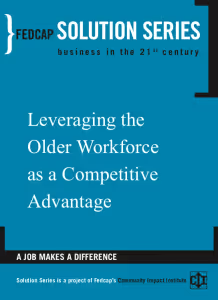
-min.avif)


%201.png)